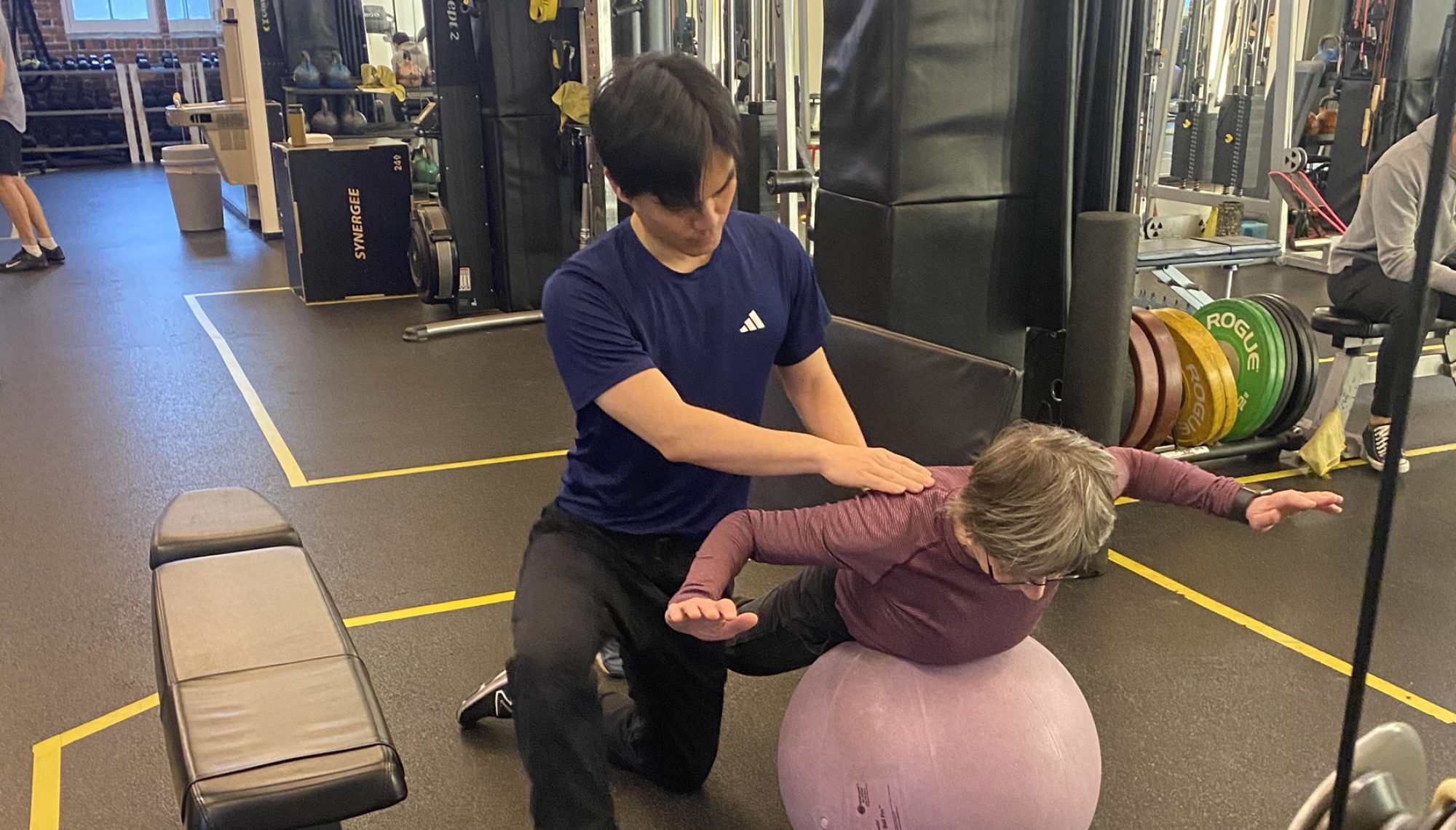Shoulder dislocation is a common yet serious injury that can significantly impact mobility and daily activities. Knowing what causes it, how to recover, and ways to prevent future injuries is crucial for maintaining shoulder health and function.
What is Shoulder Dislocation?
Shoulder dislocation occurs when a strong force pulls the head of the humerus (the upper arm bone) out of the shoulder socket. Most dislocations happen in the anterior-inferior direction, commonly due to trauma. This injury often affects ligaments, tendons, and sometimes even nearby nerves.
Causes of Anterior Shoulder Dislocation
- Excessive External Rotation and Abduction
Movements pushing the shoulder into extreme external rotation and abduction often lead to dislocation. - Trauma
Sports injuries, falls, or accidents involving a significant force applied to the shoulder are frequent causes. - Impacted Structures
Damage can occur to the anterior capsule, inferior glenohumeral ligament, glenoid labrum, or subscapularis muscle.
Initial Steps to Address Shoulder Dislocation
Prompt action is necessary to reduce pain and restore shoulder alignment.
- Realigning the Shoulder
- A healthcare professional manually guides the humeral head back into its socket, known as reduction.
- A healthcare professional manually guides the humeral head back into its socket, known as reduction.
- Pain Relief and Swelling Control
- Ice application, along with nonsteroidal anti-inflammatory drugs (NSAIDs) or other pain relievers, can help manage discomfort.
- Ice application, along with nonsteroidal anti-inflammatory drugs (NSAIDs) or other pain relievers, can help manage discomfort.
- Temporary Immobilization
- The shoulder may be immobilized for a period to allow damaged structures to heal.
Building Strength and Stability
Once the initial healing phase concludes, restoring strength and stability to the shoulder is essential.
Key Goals
- Strengthen the Anterior Muscles
Focus on the internal rotators and adductors to support the anterior capsule. - Enhance External Rotators
Building strength in these muscles aids in maintaining proper humeral positioning and promoting smooth arm movements. - Improve Joint Stability
Exercises that target shoulder control help reduce the likelihood of another dislocation.
Effective Exercises
- Internal and external rotation with resistance bands.
- Stability drills like planks and modified push-ups.
- Controlled weightlifting movements focusing on proper form.
Timeline for Recovery
The duration of recovery varies based on individual needs. It can take 2 to 4 months to regain full shoulder strength and mobility, with athletes requiring additional time for sport-specific exercises.
Long-Term Shoulder Health
A previously dislocated shoulder is more prone to future dislocations. Preventing recurrence involves:
- Consistently strengthening shoulder muscles.
- Maintaining mobility through stretching and controlled movements.
- Avoiding extreme positions that could strain the joint.
Conclusion
Recovering from a shoulder dislocation and preventing future injuries require a careful approach that emphasizes strength, stability, and proper movement patterns. By understanding how the shoulder works and addressing its specific needs, individuals can regain confidence in their physical activities while reducing the risk of further injuries.

